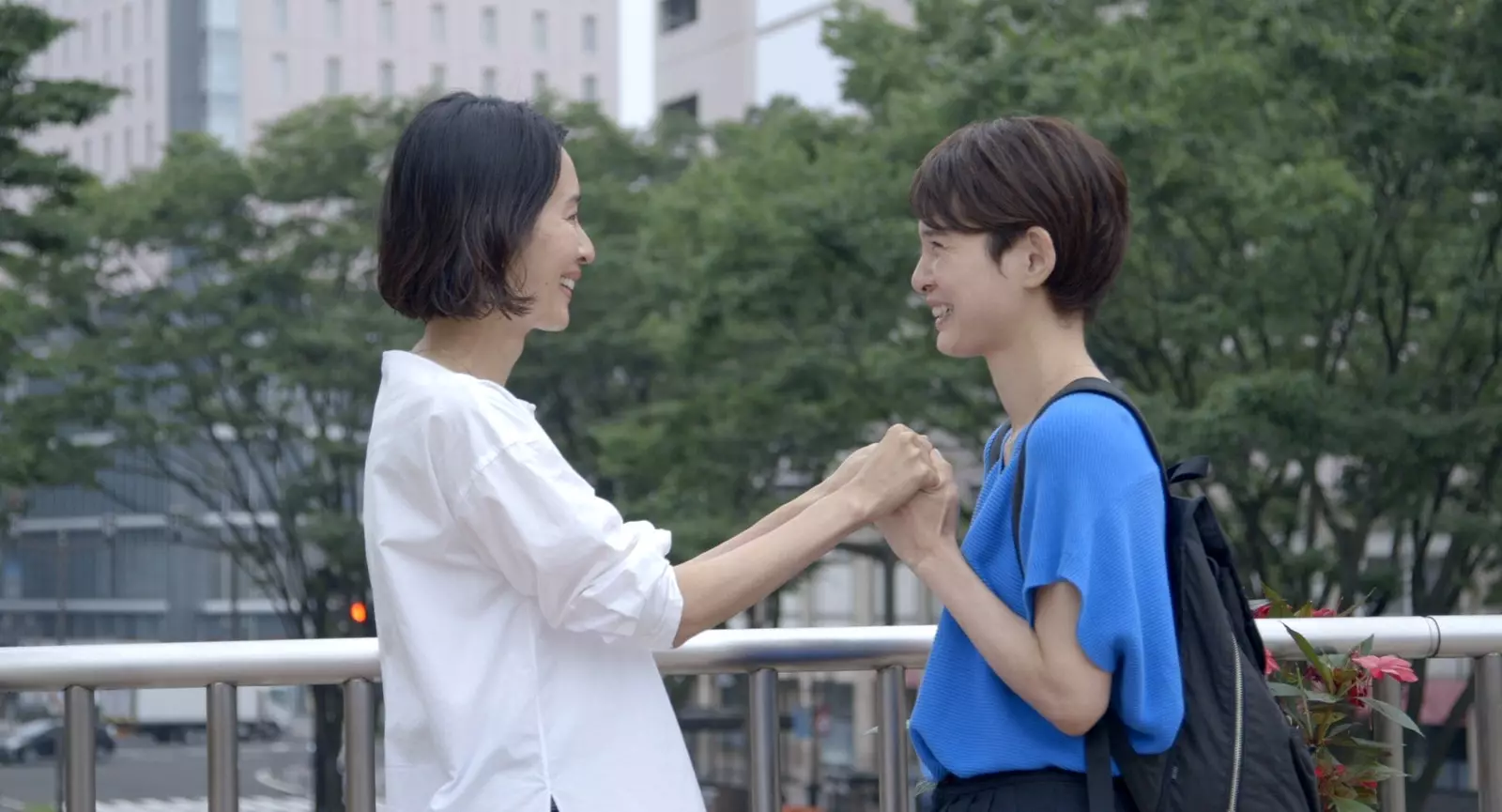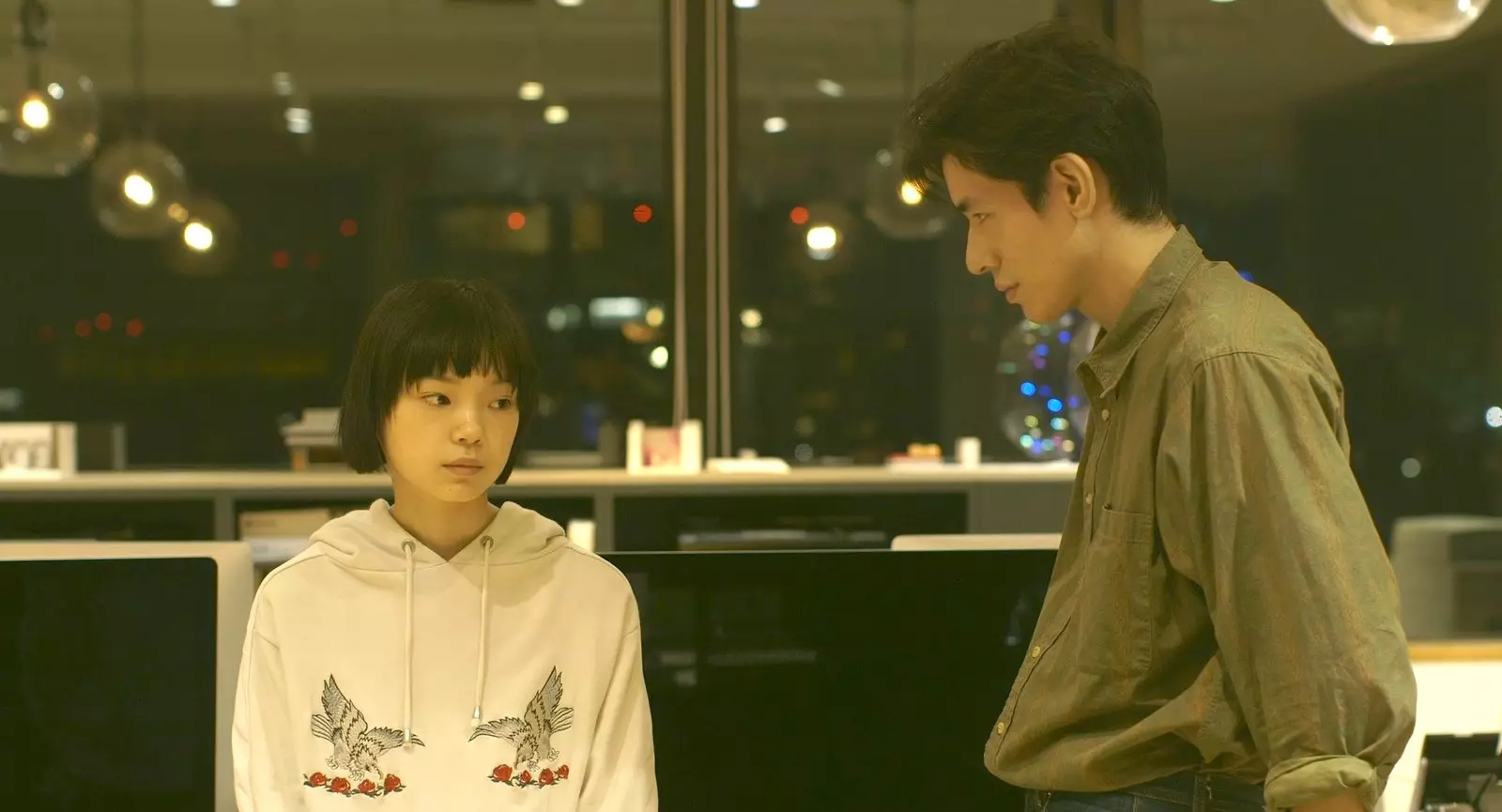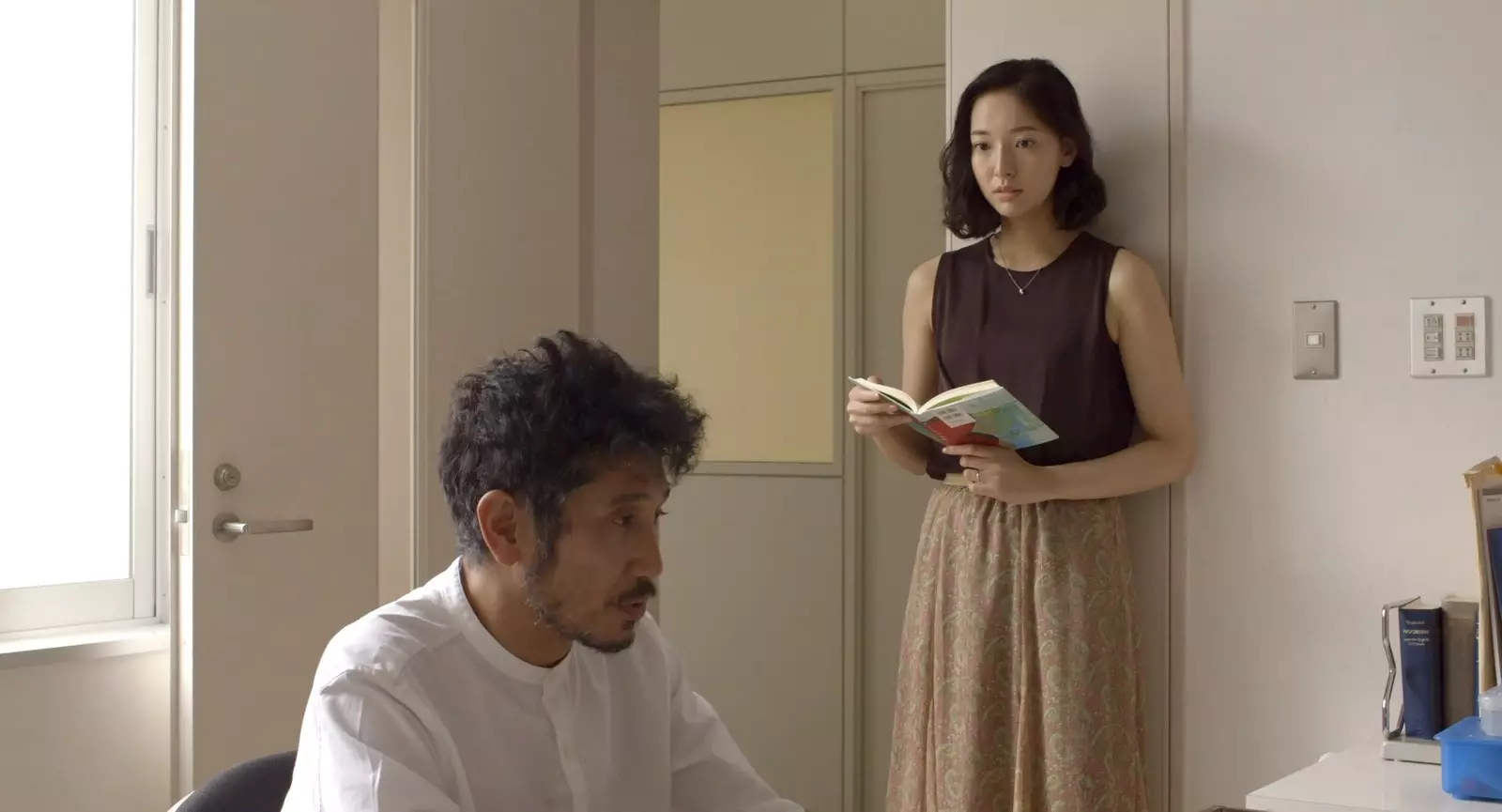For the Japanese fans and movie buffs, Ryusuke Hamaguchi It will already be a known name. Since Passion (2008), his first feature film, his peculiar visual and narrative style has been gaining followers and climbing steps on the ladder of big names until this triumphant 2021 in which he began in February by winning the Silver Bear at the Berlin Film Festival for his movie now in theaters The wheel of fortune and fantasy (premiere November 5) and continued in July, winning the Best Screenplay and Critics Award at the Cannes Film Festival for Drive My Car, adaptation of the story by Murakami.
Taste your delicate, observant, natural cinema, built with exact dialogues is to travel to Japan. And now that we still miss being able to really travel to the country, we take comfort in letting ourselves be carried away for two hours by the three stories that make up his little great masterpiece The Wheel of Fortune and Fantasy.

Two unknown friends.
“These three stories were conceived as the first three in a series of seven with the theme of coincidence and imagination”, explains the director in the notes on the film. Coincidence and chance have always interested him as an essential force that moves us in the world. That force that opens our lives and journeys to “endless unexpected possibilities”. This exercise of the unexpected is precisely what he wanted to do with this film and to which he invites us viewers as direct witnesses of situations in which we come to feel very recognized.
The triptych of fables starts with Magic (or something less comforting). Two friends in a taxi on their way home from work talk about a chance meeting that unexpectedly turns into a love triangle. “It is the introduction to the concept of chance” according to Hamaguchi. A capricious chance that can have very different consequences depending on the choices made later by each one. Because chance alone is not to blame for everything that happens to us.

Magic (or something less comforting).
In the second story, entitled A wide open door shows us “the darkest side of chance”. Yes, because chance is not the only culprit, but sometimes it holds cruel surprises for us. An oversight, a slip, a series or just a couple of catastrophic misfortunes. In this case, it is a failed seduction attempt, a trap that turns against the protagonist who ends up opening wide to the one who was going to be her victim.
Third, One more time, It is the opposite face of chance its brightest side. One of those happy coincidences of life. In a train station, sendai city, Two women think they recognize in the other an old high school classmate. After more than 20 years without seeing each other, they are wrong, they are not who the other thinks they are, but in that misunderstanding find understanding, they rekindle memories and discover strange ears and eyes that truly listen and observe them for the first time in a long time.

A seductive trap.
Hamaguchi chooses as the setting for his stories big cities. Specific, we see Sendai, in Miyagi prefecture, a large city north of Tokyo. A space in which these coincidences are perhaps less likely to occur but that is why they are more surprising and definitive to interrupt our routine.
large Japanese cities, besides, in which everything seems to continue a perfect and absolute order that is only broken by small moments of subtle reality. And big cities where he finds moments and corners of peace (in a taxi, in an office, a cafe, a house) for the natural dialogue of his characters. I really want to go to Japan. And while we can't go, Hamaguchi brings it to us.
